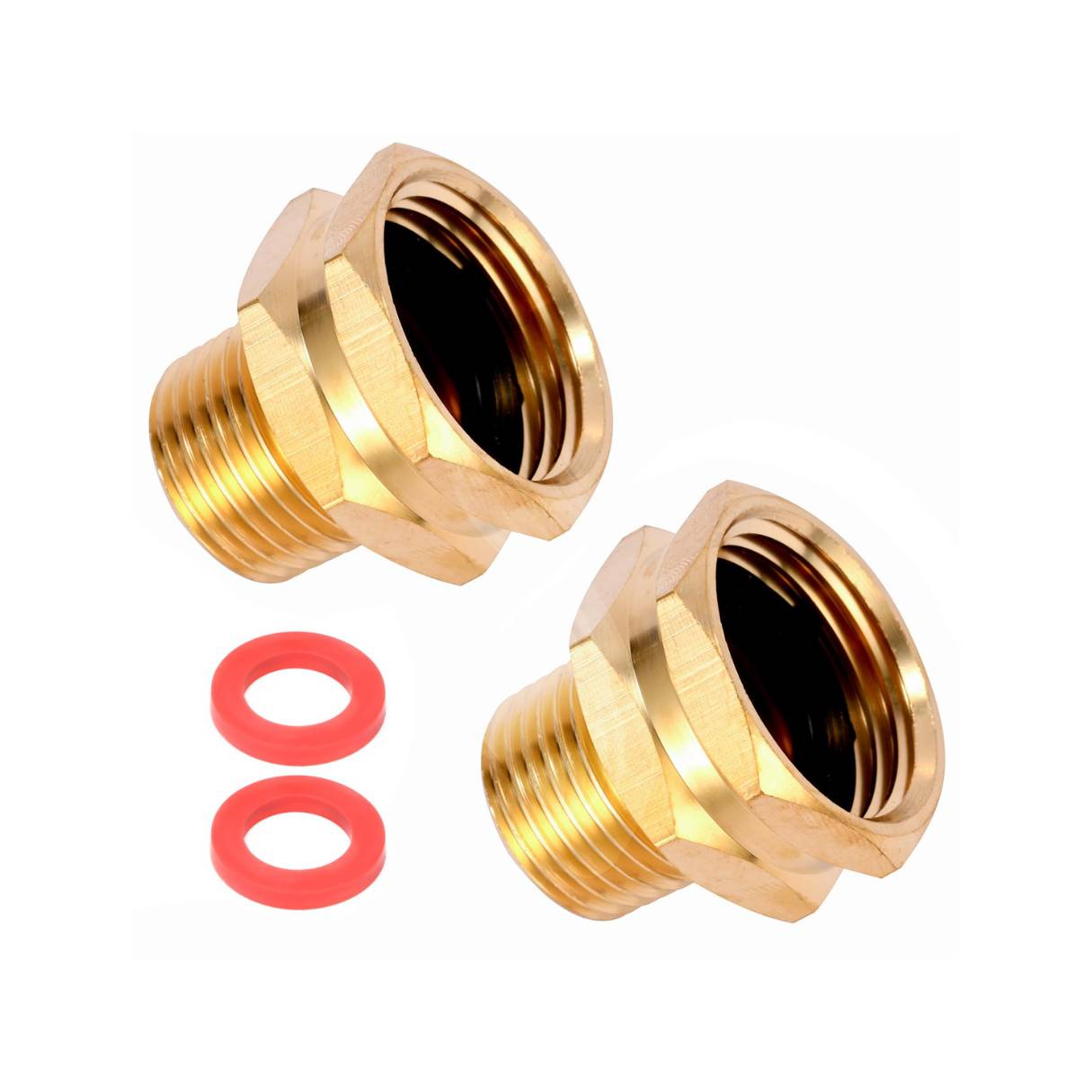

Articles
What Does FHT Mean In Plumbing
Modified: August 31, 2024
Discover what FHT means in plumbing with our informative articles. Gain insight into the terminology and improve your plumbing knowledge.
(Many of the links in this article redirect to a specific reviewed product. Your purchase of these products through affiliate links helps to generate commission for Storables.com, at no extra cost. Learn more)
Introduction
In plumbing, there are numerous acronyms and terminologies that can be confusing for those who are not well-versed in the industry. One such term that may pop up is FHT, which stands for Female Hose Thread. Understanding what FHT means in plumbing is essential for homeowners, DIY enthusiasts, and even professional plumbers.
FHT refers to the type of thread found on the end of a plumbing fitting or valve that is designed to connect to a hose. This thread is commonly found on outdoor faucets, irrigation systems, and other plumbing fixtures that require a water source.
While FHT may seem like a simple term, its significance and usage in plumbing applications cannot be overlooked. In this article, we will delve deeper into the definition of FHT, its applications in plumbing, the advantages it offers, and any challenges or limitations that may come with using it.
Key Takeaways:
- FHT, or Female Hose Thread, is a crucial component in outdoor plumbing systems, providing secure and leak-free connections for various fixtures such as outdoor faucets, irrigation systems, and sprinklers.
- While FHT offers advantages like easy attachment and compatibility, it’s important to be mindful of challenges such as thread wear, outdoor exposure, and limitations in high-pressure systems. Regular maintenance and proper installation are key to ensuring reliable FHT connections.
Read more: What Does “Plumb” Mean In Construction
Definition of FHT
FHT, also known as Female Hose Thread, refers to the type of thread found on the end of a plumbing fitting or valve that is designed to connect to a hose. As the name suggests, FHT is a female thread, meaning it is threaded on the inside and is designed to accept a male hose thread (MHT) or other fittings that have male threads.
The FHT thread is commonly used in outdoor plumbing applications where a hose is connected, such as outdoor faucets, hose bibs, sprinkler systems, and other irrigation equipment. It provides a secure connection between the plumbing fixture and the hose, ensuring no leaks or drips occur while allowing for easy attachment and detachment of the hose.
The FHT thread size is typically standard across various plumbing fixtures and is measured in inches. Common sizes include ¾ inch, ½ inch, and ⅝ inch, although other sizes may be available depending on the specific plumbing system or region.
It’s important to note that the FHT thread is not universal and may vary in terms of dimensions and thread pitch. Therefore, it is crucial to ensure compatibility between the FHT fitting and the corresponding MHT or any other male-threaded fitting to achieve a proper and leak-free connection.
In summary, FHT is the female thread found on plumbing fixtures that are designed to connect to a hose. It is a crucial component in outdoor plumbing systems as it allows for easy attachment and detachment of a hose while ensuring a secure and leak-free connection.
Applications of FHT in Plumbing
Female Hose Thread (FHT) finds extensive applications in various plumbing scenarios. Its primary purpose is to provide a secure and leak-free connection between plumbing fixtures and hoses. Let’s explore some of the main applications of FHT in plumbing:
- Outdoor Faucets: FHT is commonly found on outdoor faucets, also known as hose bibs or garden taps. These faucets allow homeowners to connect a hose to access water for various outdoor tasks such as watering plants, washing vehicles, or cleaning outdoor spaces.
- Irrigation Systems: FHT is an essential component in irrigation systems, ensuring a reliable connection between the irrigation valves and the water supply. This allows for efficient and controlled watering of gardens, lawns, and agricultural fields.
- Sprinkler Systems: FHT threads are used in sprinkler systems, enabling the attachment of sprinkler heads to deliver water evenly across designated areas. The FHT thread ensures a tight seal, preventing any water leakage that could compromise the effectiveness of the sprinkler system.
- Pools and Spas: FHT is utilized in plumbing connections for pool filtration systems, allowing for the attachment of hoses for pool maintenance and water circulation. It ensures a secure connection that prevents any loss of water or chemicals.
- Outdoor Showers: FHT threads are commonly used in outdoor shower fixtures, allowing users to connect a hose for an outdoor bathing experience. FHT ensures a reliable connection and prevents any leakage during use.
- Fountains and Water Features: FHT fittings are used in plumbing connections for fountains and water features, providing a watertight connection between the plumbing system and the water feature, ensuring the proper flow of water.
The versatility and compatibility of FHT make it an integral part of outdoor plumbing systems. The standardized thread sizes and secure connections it provides contribute to the efficient and reliable operation of various plumbing fixtures.
It’s important to note that while FHT is commonly used in outdoor plumbing, it may not be suitable for all applications. For instance, indoor plumbing systems may utilize different types of threads, such as NPT (National Pipe Thread) or compression fittings, depending on the specific requirements of the plumbing setup.
FHT in plumbing stands for Female Hose Thread. It is a type of threading commonly used for connecting hoses to faucets or other plumbing fixtures. When purchasing fittings or adapters, make sure to match the FHT size for a proper fit.
Advantages of using FHT in Plumbing
Using Female Hose Thread (FHT) in plumbing brings several advantages that make it a popular choice for connecting hoses to plumbing fixtures. Let’s explore some of the key advantages of using FHT:
- Secure Connection: FHT provides a secure and reliable connection between plumbing fixtures and hoses. The threaded design ensures a tight seal, minimizing the risk of leaks or drips during use. This is crucial, especially in outdoor plumbing applications where water waste can be costly and detrimental to the environment.
- Easy Attachment and Detachment: FHT allows for quick and easy attachment and detachment of hoses. This makes it convenient for homeowners and gardeners to connect and disconnect hoses as needed for various tasks, such as watering plants, washing vehicles, or cleaning outdoor spaces.
- Compatibility: FHT fittings are standardized, making them compatible with a wide range of plumbing fixtures and hoses. This ensures that homeowners and plumbers can easily find matching fittings and achieve a proper and leak-free connection without the need for adapters or additional modifications.
- Versatility: FHT is versatile and can be used in various outdoor plumbing applications. From outdoor faucets to sprinkler systems, pool connections, and even outdoor showers, FHT provides a reliable connection option that is suitable for a range of tasks and scenarios.
- Cost-effective: FHT fittings are readily available and affordable, making them a cost-effective choice for connecting hoses to plumbing fixtures. They provide a reliable solution without the need for complex or expensive installation procedures.
Overall, using FHT in plumbing offers numerous advantages, such as secure connections, easy attachment and detachment of hoses, compatibility with a wide range of fixtures, versatility, and cost-effectiveness.
It’s worth mentioning that proper installation and periodic maintenance are crucial to ensure the optimal performance of FHT connections. Regular inspection for any signs of wear or damage, as well as replacement of worn-out fittings, will help maintain the reliability and longevity of the plumbing system.
Challenges and Limitations of FHT in Plumbing
While Female Hose Thread (FHT) offers several advantages in plumbing applications, it is important to be aware of the challenges and limitations associated with its use. Let’s examine some of the common challenges and limitations of using FHT:
- Compatibility: One of the major challenges with FHT is ensuring compatibility between different brands and manufacturers. Despite standardized thread sizes, variations in dimensions and thread pitch can occur. It is essential to ensure that the FHT fittings and corresponding male-threaded fittings are compatible to achieve a proper and leak-free connection.
- Thread Wear: Over time, FHT threads can experience wear and tear, especially with frequent connection and disconnection of hoses. This can lead to reduced thread integrity and potential leakage. Regular inspection and replacement of worn-out fittings are necessary to maintain the reliability of FHT connections.
- Plumbing System Pressure: FHT connections may not be suitable for high-pressure plumbing systems. The threaded design may not provide the same level of reliability and leak prevention as other connection methods, such as compression fittings or soldered connections. It is important to consider the specific requirements of the plumbing system and consult with a professional plumber if necessary.
- Outdoor Exposure: FHT fittings that are exposed to the outdoor elements may be prone to corrosion over time. Exposure to moisture, sunlight, and extreme temperatures can degrade the quality of FHT fittings and compromise their integrity. Regular maintenance and periodic replacement of outdoor FHT fittings may be required to ensure reliable connections.
- Limitations in Indoor Plumbing: While FHT is commonly used in outdoor plumbing applications, it may not be suitable for all indoor plumbing scenarios. Indoor plumbing systems often require different types of fittings, such as NPT (National Pipe Thread) or compression fittings, to ensure proper connections and accommodate the specific requirements of the system.
Despite these challenges and limitations, proper installation, routine maintenance, and selecting high-quality FHT fittings can help mitigate these issues and ensure the longevity and reliability of FHT connections in plumbing systems.
It is always recommended to consult with a professional plumber for guidance on the most appropriate and reliable connection methods for specific plumbing projects and to address any concerns or limitations related to FHT or other types of fittings.
Read more: What Does Sweat Mean In Plumbing
Conclusion
Understanding the meaning and applications of Female Hose Thread (FHT) in plumbing is essential for anyone involved in plumbing projects, whether as a homeowner or a professional plumber. FHT serves as a versatile and reliable connection option for attaching hoses to various plumbing fixtures, particularly in outdoor plumbing systems.
Throughout this article, we explored the definition of FHT and its significance in plumbing. FHT offers several advantages, including secure connections, easy attachment and detachment of hoses, compatibility with a wide range of fixtures, versatility, and cost-effectiveness. It simplifies tasks such as watering gardens, cleaning outdoor spaces, or maintaining irrigation systems.
However, it is important to be aware of the challenges and limitations that come with using FHT in plumbing. Compatibility between different brands, potential thread wear, limitations in high-pressure systems, outdoor exposure, and restrictions in indoor plumbing are factors to consider when utilizing FHT connections. Regular maintenance, inspection, and replacement of worn-out fittings can help overcome these challenges and ensure the reliability of FHT connections.
In conclusion, while FHT is a valuable component in plumbing systems, it is crucial to select high-quality fittings, properly install them, and perform regular maintenance to ensure optimal performance. Consulting with a professional plumber can provide insights and guidance for specific plumbing projects and help address any concerns related to FHT or other types of fittings.
With a clear understanding of FHT and its applications, both homeowners and professionals can make informed decisions and successfully incorporate FHT connections into their plumbing projects, ensuring efficient water usage and a dependable plumbing system.
Frequently Asked Questions about What Does FHT Mean In Plumbing
Was this page helpful?
At Storables.com, we guarantee accurate and reliable information. Our content, validated by Expert Board Contributors, is crafted following stringent Editorial Policies. We're committed to providing you with well-researched, expert-backed insights for all your informational needs.
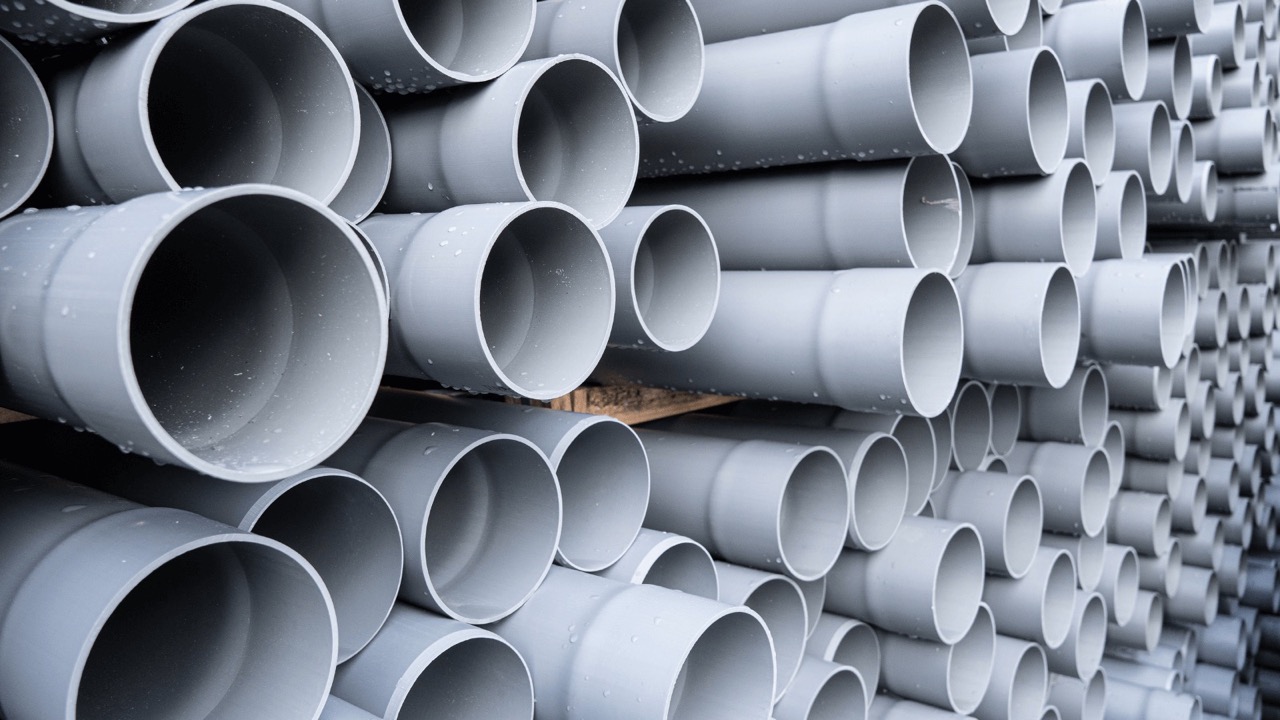
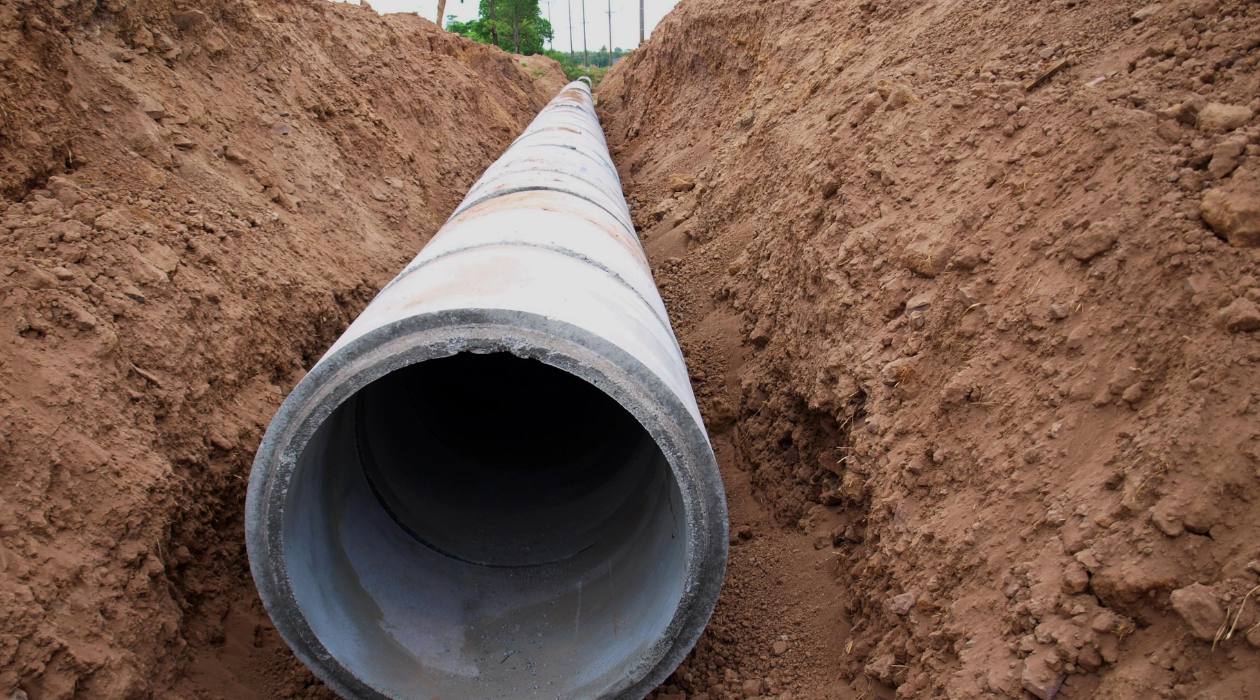
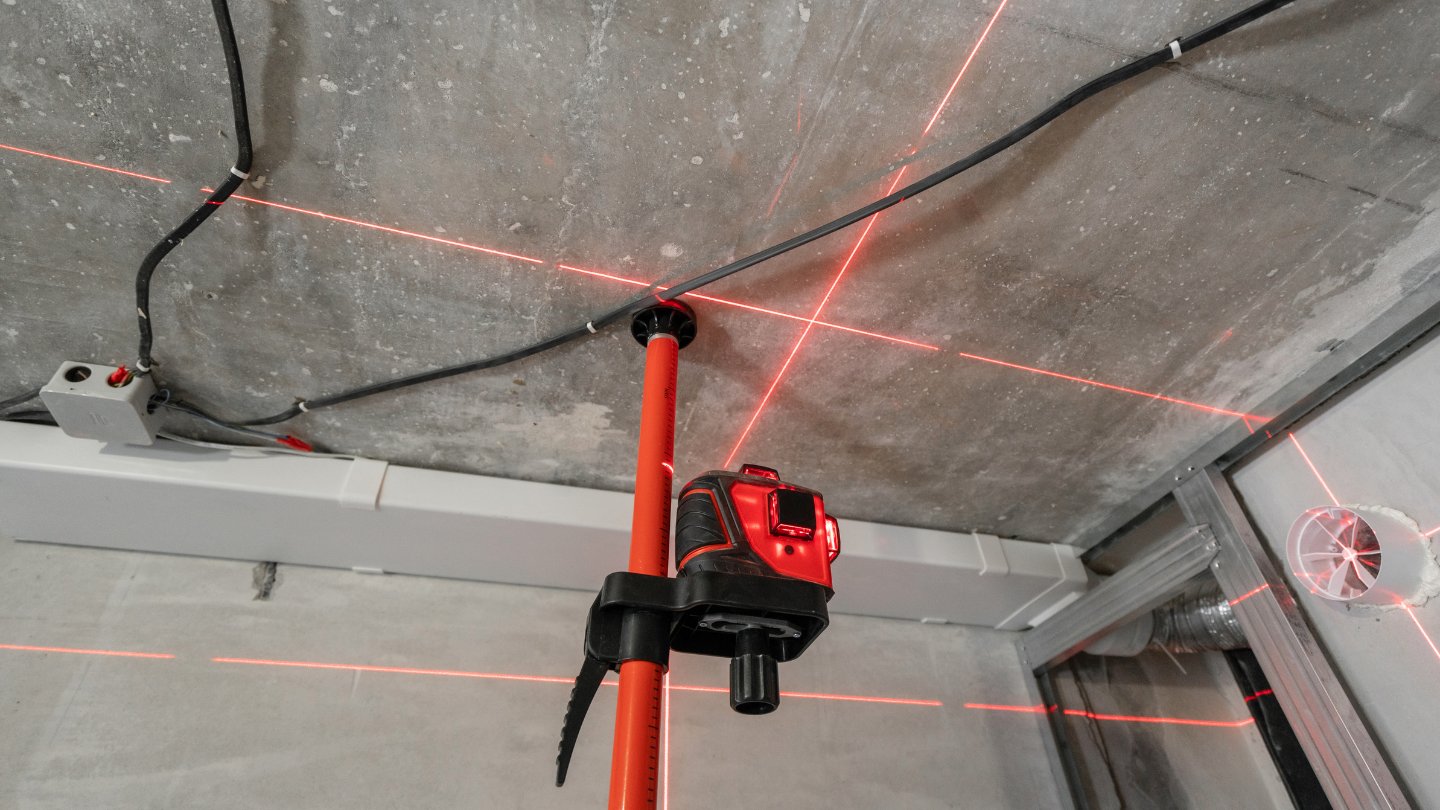

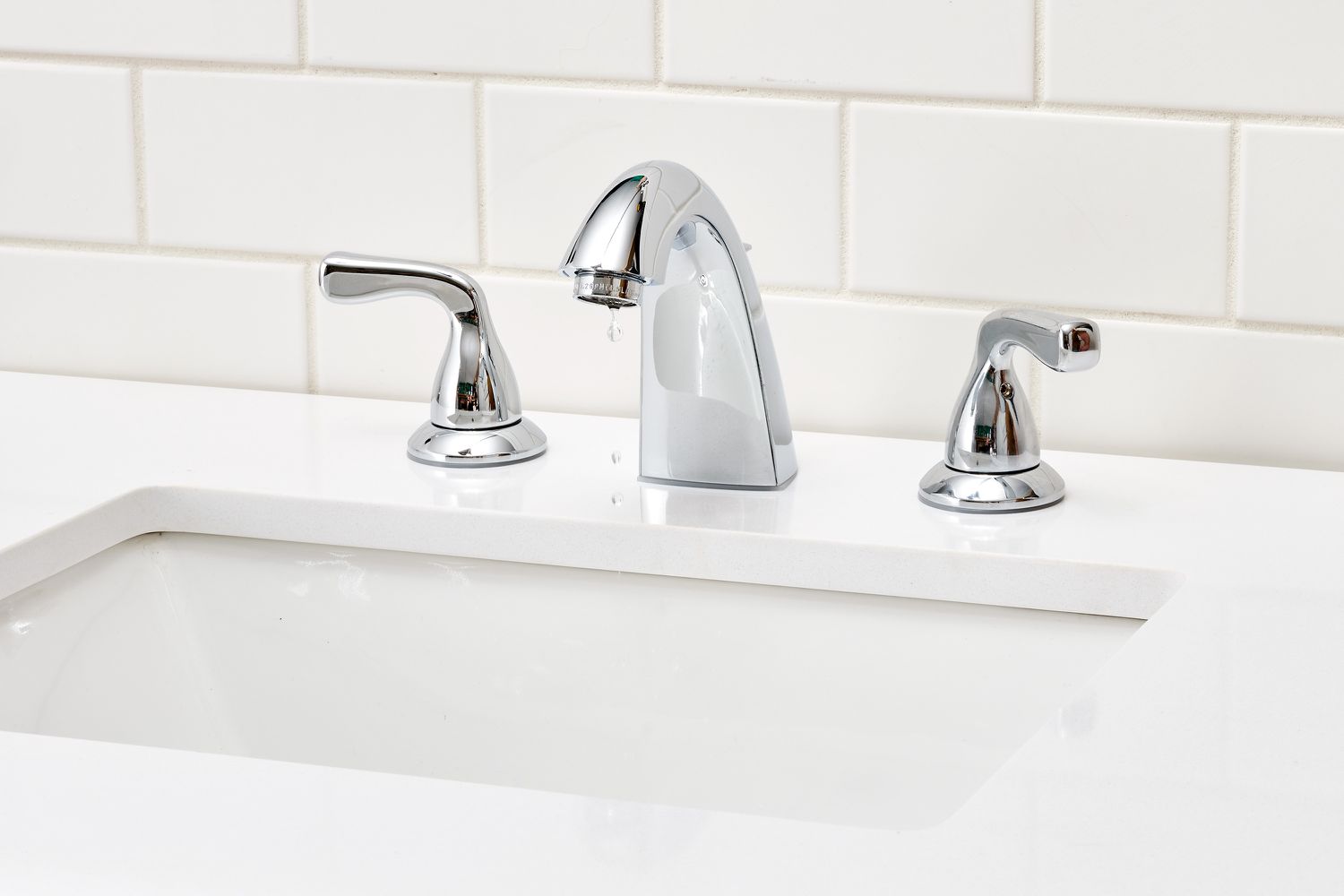










0 thoughts on “What Does FHT Mean In Plumbing”